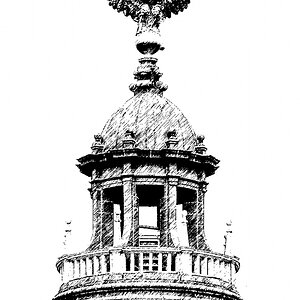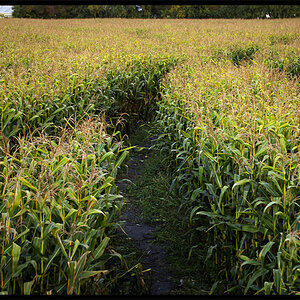dmunsie
TPF Noob!
- Joined
- Jun 5, 2012
- Messages
- 137
- Reaction score
- 12
- Location
- Texas
- Can others edit my Photos
- Photos NOT OK to edit
I'm "almost" there, but a couple of things still confuse me, is the calculated "hyperfocal distance" where you should actually aim & focus your camera at?
For example, if I'm taking a picture of a city landscape from very far away (1000ft) according to my depth of field calculator: f-stop:11, focal length: 10mm, distance to subject (the city) is 1000ft; it says my hyperfocal distance is only 1.6ft, so I'm supposed to focus on 1.6ft from me?
I've also read you just focus on aprox 1/3 of the distance into the frame, but that would come out to much greater than 1.6ft?
Slightly confused obviously, thanks for any clarity you can provide.
For example, if I'm taking a picture of a city landscape from very far away (1000ft) according to my depth of field calculator: f-stop:11, focal length: 10mm, distance to subject (the city) is 1000ft; it says my hyperfocal distance is only 1.6ft, so I'm supposed to focus on 1.6ft from me?
I've also read you just focus on aprox 1/3 of the distance into the frame, but that would come out to much greater than 1.6ft?
Slightly confused obviously, thanks for any clarity you can provide.


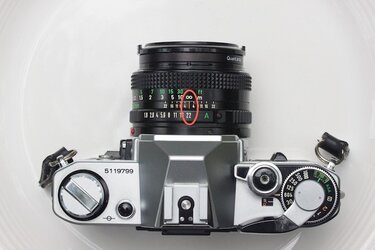
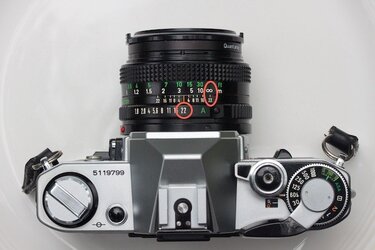
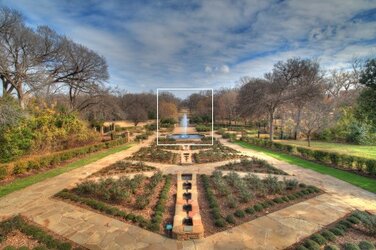
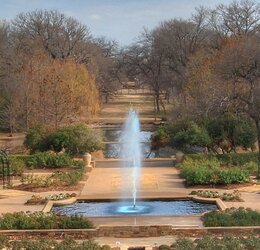
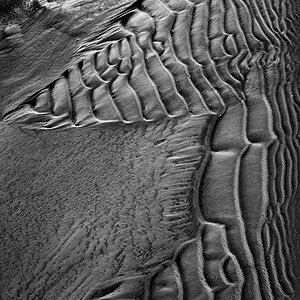
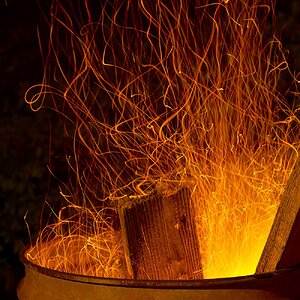
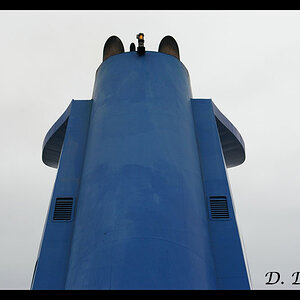
![[No title]](/data/xfmg/thumbnail/36/36643-92fe0dd9e247722bfefe299cd8a549f5.jpg?1619737670)

![[No title]](/data/xfmg/thumbnail/41/41900-d02b27da6248f10da25edf2413570222.jpg?1619739936)

![[No title]](/data/xfmg/thumbnail/41/41896-54547e935773393100a20b8d9819f5bd.jpg?1619739935)
![[No title]](/data/xfmg/thumbnail/34/34144-52e7a5d3e3908ae808afeabfe86fffdc.jpg?1619736317)
![[No title]](/data/xfmg/thumbnail/30/30861-fee88082ba36d0c3b443492fe3f3f1cd.jpg?1619734481)
